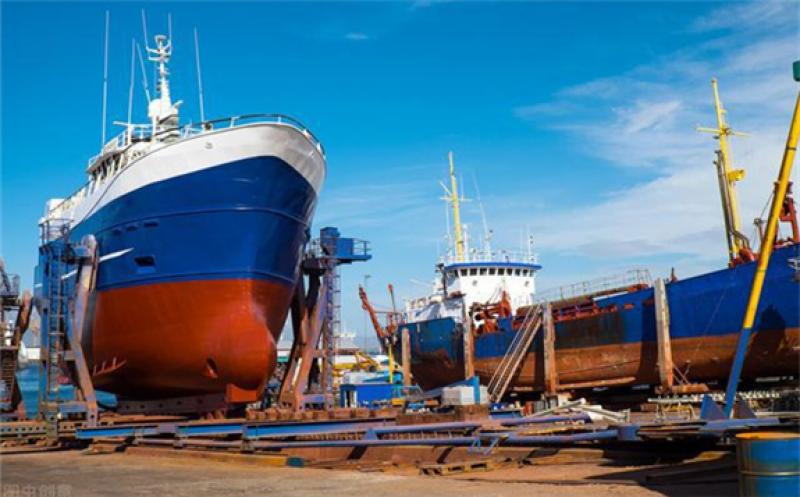Samsung Heavy Industries’ eco-friendly wind turbine installation vessel has been certified by the world’s top three ship classification agencies at the same time.

Samsung Heavy Industries (SHI) has developed its own wind turbine installation vessel (WTIV) loaded with advanced eco-friendly technologies. The achievement will help the shipbuilder respond to the rapid growth of the global offshore wind power market.
SHI announced on April 8 that it has obtained basic certificates for its WTIV concept design (model name SLW-FUEL CELL) from the world’s top three ship classification agencies at the same time — ABS of the United States, DNV of Norway and LR of the United Kingdom.
SHI has thus far built and delivered three WTIVs after winning a WTIV order in 2010 for the first time as a Korean shipbuilder.
The new WTIV has all of the eco-friendly technologies developed by SHI such as dual engines that can use LNG as a fuel, solid oxide fuel cells (SOFCs), and energy storage devices (ESS). It can slash carbon dioxide emissions by up to 50 percent compared to conventional diesel-engine ships so it can satisfy strengthened environmental regulations. It can also reduce ship operating costs thank to high energy efficiency.
SHI has thus far relied on overseas engineering companies that have monopolized WTIV design technology. Yet from now on, it can reduce costs as it does not have to pay royalties and is free from restrictions on equipment selection. To this end, the company joined hands with Hyosung Heavy Industries in December 2020 to jointly develop technology for localizing the WTIV’s core equipment, the jacking system. The system levitates a 40,000-ton WTIV and bears a crane load of up to 2,500 tons. It requires mechanical engineering technology of the highest level.
Clarkson Research, a British shipbuilding and shipping market analyst firm, predicted that WTIV orders will grow by 44 percent from 16 in 2020 to 23 in 2023 due to the expansion of renewable energy policies.